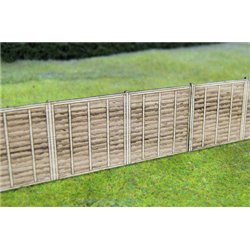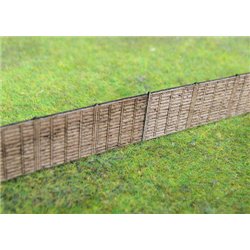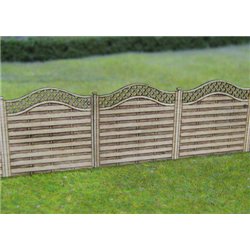To remove glue from a plastic part, here are some effective methods you can try: File it: Use a fine abrasive file...
No products
Product successfully added to your shopping cart
There are 0 items in your cart. There is 1 item in your cart.
Search Tips
What is a laser-cut kit?
A laser-cut kit is a regular kit that is put together the same way as any ordinary kit, and it's made from the same materials too (plastic, card or wood) but the difference is in how it's made.
Traditionally, kits have been manufactured by either using physical bladed tools to cut out the parts, pouring resin into a mould or by injecting/pressing plastic into a machine. Laser cutting doesn't do any of that, instead, it uses a very powerful laser beam to cut the parts out of a flat sheet of material.
Laser cutters can cut through plastic, card or even wood using laser beams varying in size and intensity, the advantage of this is a cleaner crisper cut. The beam can also be set to penetrate but not completely cut through the material making it easy for manufacturers to etch even the smallest of details onto a model. The laser beam is guided with precision by a computer program so although there is a great deal of human skill involved in the original design work for a model, the actual production is guaranteed to be to the highest standard and tolerances every time.
Laser-cut kits are becoming increasingly popular with serious modellers that desire greater detail. The choice of kits out there is becoming very interesting too because manufacturers now have greater flexibility in the number and kinds of kits that they can make available. So keep an eye out for some very interesting models next time you're in your local model shop!
Click here to receive the tips weekly in your mailbox. You can unsubscribe at any time.










